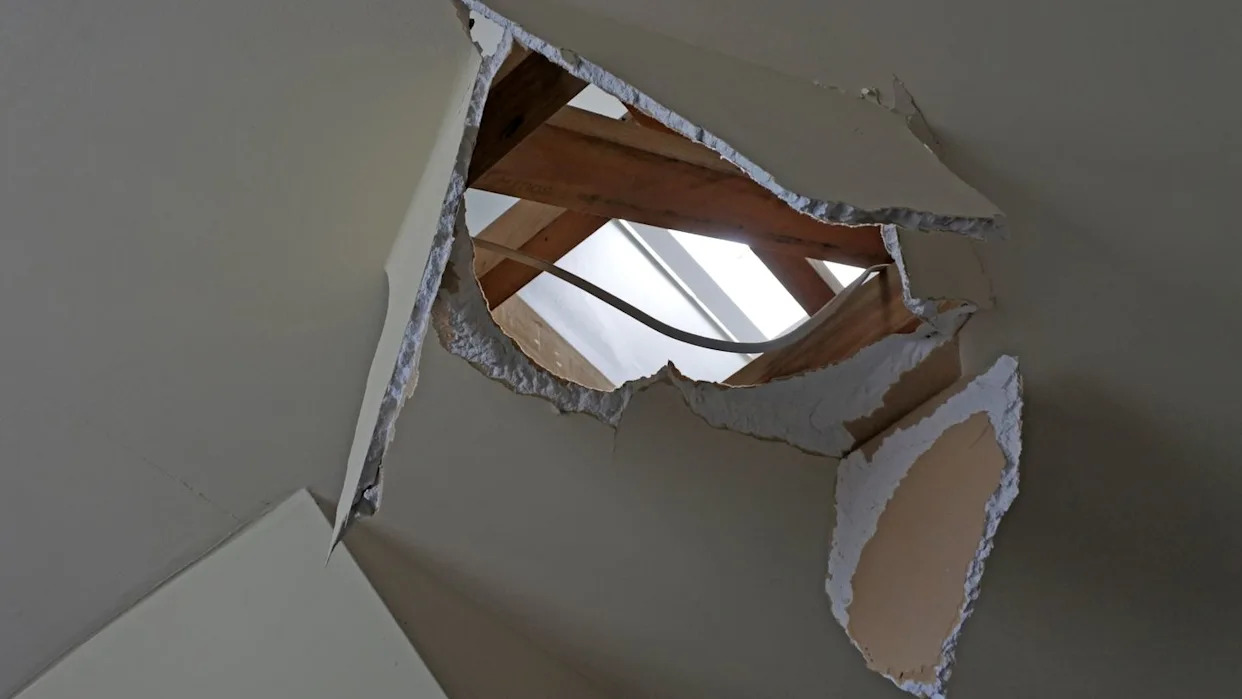Ancient Space Rock Crashes Through Georgia Home, Rewriting Earth’s History

A rare meteorite, determined to be 20 million years older than Earth itself, recently crashed through the roof and into a home in McDonough, Georgia. The incident occurred on the afternoon of June 26th when residents across Georgia and South Carolina witnessed a brilliant object streaking across the sky, accompanied by multiple sonic booms.
The homeowner, whose identity has not been released, discovered a cherry-tomato-sized fragment embedded in his living room floor after it penetrated his roof and HVAC system. The impact sent dust billowing through the house and left a noticeable dent in the flooring, raising questions about insurance coverage for damage caused by extraterrestrial material.
University of Georgia planetary geologist Scott Harris, along with his colleagues, analyzed fragments and dust from the meteorite, identifying it as remnants of an exploded meteor that had fragmented before reaching Earth’s surface. Observations using optical and electron microscopy revealed that the object originated from a much larger asteroid that broke away approximately 470 million years ago – a staggering 20 million years prior to Earth’s formation, which occurred roughly 4.54 billion years ago. The meteorite itself is estimated to be around 4.56 billion years old.
The origin of the space rock traces back to the main asteroid belt located between Mars and Jupiter, where its parent asteroid formed billions of years ago through collisions and accreting molten droplets, known as chondrules – a distinct characteristic not found in terrestrial rocks. The McDonough Meteorite, as it’s now designated, is classified as an L type ordinary chondrite, further supporting its extraterrestrial origin.
Dr. Harris estimates the meteorite’s velocity at the time of impact to have been between 300 and 600 meters per second (approximately 670 to 1,340 miles per hour), sufficient to pulverize some of the wood paneling upon entry. Researchers are collaborating with Arizona State University to formally register the meteorite’s name and findings with the Meteorological Society, with a detailed scientific paper expected later this year. The event provides valuable insight into asteroid behavior and offers potential strategies for mitigating future impact threats.









